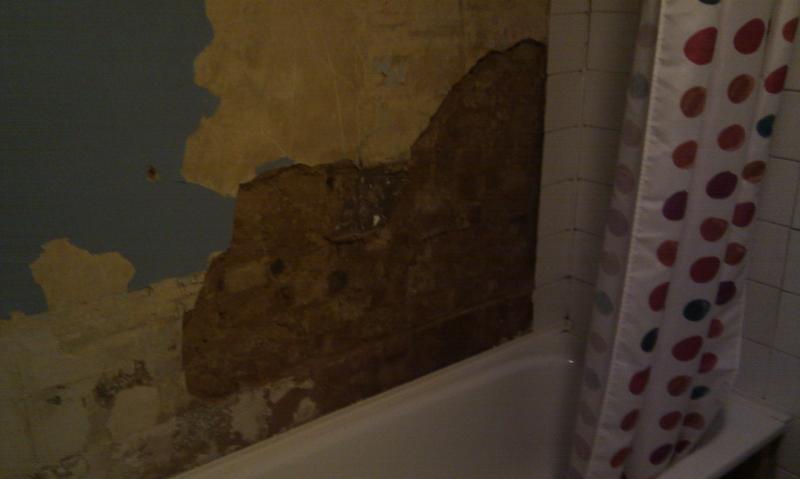I am looking to get new tiles for my bathroom in a Victorian House. I've been looking for beveled edge crackle glaze white brick tiles (200x100mm) but they are pretty hard to find.
I found a 150x75 beveled edge crackle glaze brick tile which has a smooth back. Will it stick to the wall as well as a tile with a rough back.
How do I cut the corner tiles to create the brick effect
I originally planned to get the bigger beveled edge crackle glaze white brick which I cant locate. Can anyone let me know if you know where i can get it?
Thirdly, which do you think will look more in keeping with the Victorian style, the 150x75 or the 200x100
Thanks for your help
I found a 150x75 beveled edge crackle glaze brick tile which has a smooth back. Will it stick to the wall as well as a tile with a rough back.
How do I cut the corner tiles to create the brick effect
I originally planned to get the bigger beveled edge crackle glaze white brick which I cant locate. Can anyone let me know if you know where i can get it?
Thirdly, which do you think will look more in keeping with the Victorian style, the 150x75 or the 200x100
Thanks for your help


